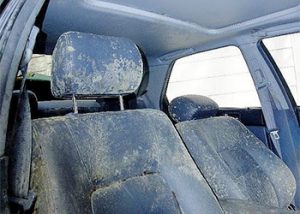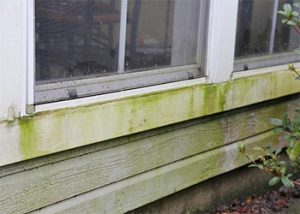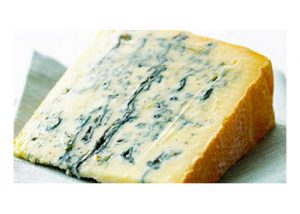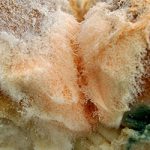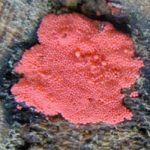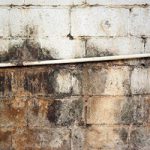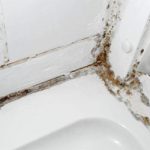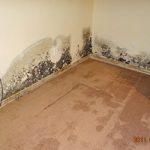Green Mold on Bread: Understanding its Types and Danger – Finding greenish color in your kitchen is definitely an unpleasant experience. Due to its moisture environment and various nutrients for their growth available, mold can be easily found within the kitchen area, including the foods, such as green mold on bread. There are a lot of types of mold that can you can find in your kitchen. One of them is green mold. However, the term ‘green mold’ actually does not represent one single species.
A lot of mold types have greenish color, including mold that you can find within your house. Green mold often occurs as dark specks at first. You need to get rid of it immediately once you spot early indication of mold growth, or else, they will grow thicker and form fuzzy layers, which is definitely unfavorable. If you are trying to disturb the outer layer of green mold, particularly the darker mold, you may see spores flying everywhere. Oftentimes, you can also smell typical musty aroma that comes with the mold.
Table of Contents
Green Mold On Bread is Dangerous?

How dangerous green mold is to your life? Like other types of mold, green mold is mostly harmless to healthy people, as long as its growth is within tolerable level. However, it is certainly harmful for people with chronic respiratory problems, asthma, or allergy. If you have people within vulnerable group in your house, it is better to get rid of any types of mold appear in your living area. These vulnerable groups include elderly, children, baby, people with impaired immune systems, and people with respiratory problems.
Green mold on bread is a pretty common occurrence thanks to the nutritious nature of the bread itself. The carbohydrates and sugar inside the bread are the most important fuel for mold spores’ growth. Most of the time, people tend to store bread in a warm and dark place, which is an ideal place for mold to grow. Some people cut the moldy part of the bread and eat the rest, thinking only the moldy part that should be avoided. However, mold is able to spread itself deep into the bread. It may not be visible from the outside, but the spores may have penetrated through the whole bread. People within vulnerable groups should never try to eat green mold on bread, even if you already remove the moldy parts.
You may also like Some Tips and Information to Deal with Green Mold in Bathroom
Green Mold Species

There are some common green bread mold species that you may encounter in your bread. The green bread mold name and explanation will be elaborated on the lost below:
- Cladosporiumbread mold: this mold can be considered as the most disturbing mold for allergic people. Prolonged exposure to this mold can cause wheezing, sneezing, and coughing to allergic people. It usually occur on the bread surface as dark sports with color ranges from black to deep green. It generates a noticeable smell compared to other bread mold types, which can be a good indicator to differentiate spoiled breads and good breads. It does not cause direct harm for healthy people. However, prolonged exposure can be dangerous as this mold can produce mycotoxins.
- Penicilliumbread mold: this mold is one of the most common mold can be found on foods, especially breads. This mold looks similar to the bread color, make it unable to distinguish without complex analysis. It often occurs in shape of light blue, white, or gray patches. Just like Cladosporium bread mold, it is not dangerous for healthy people, but its mycotoxins may be dangerous in prolonged exposure. Mycotoxins has been associated with several cancers, so it is still the best to avoid eating moldy breads.
- Black bread mold: this mold is also a common one to be found in breads. Other than breads, it is also often found in vegetables and fruits, particularly those who grow in damp condition. It rotsthe organic material of the foods. It often appear as fuzzy green or blue patches.
To sum up, green mold on bread can be dangerous for people included in vulnerable groups. It can also be dangerous in prolonged exposure, you can’t clean this mold even for healthy people. So, it’s the best to consume your bread as soon as possible, and if you spot any green patches on your bread, the best solution is to avoid consuming the bread and throw it away.
